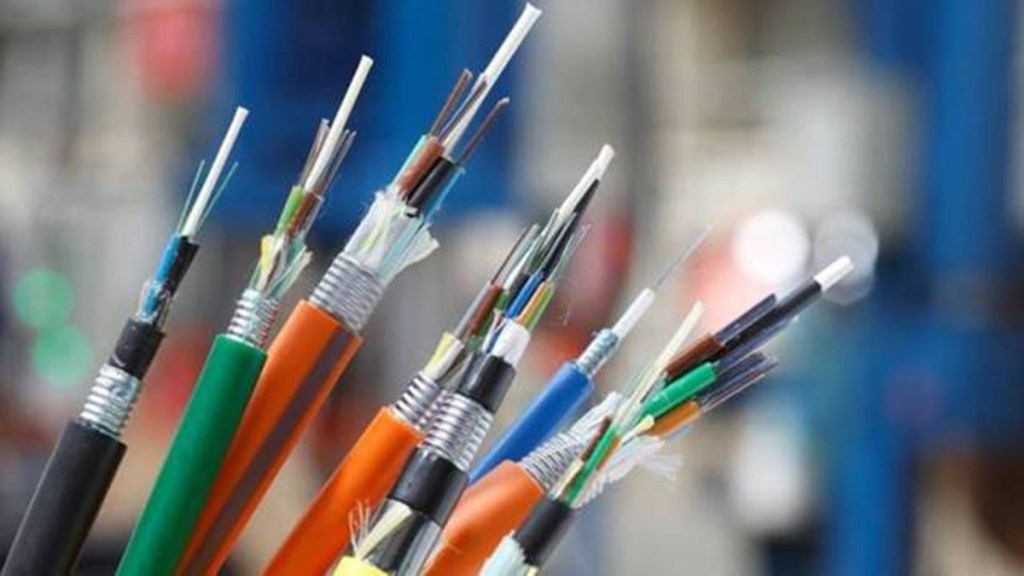By Shekhar Sharma
India’s digital economy has soared, bolstering economic growth. Cisco’s annual Internet report predicts 907.4 million internet users in India by 2023, a significant increase from 2018. Digitising sectors like finance, agriculture, retail, e-commerce, logistics, and transportation holds immense economic potential. Moreover, India’s digital economy has spurred growth in the gaming and entertainment industry, projected to reach $3.7 billion revenue by 2024.
One of the most critical components of India’s digital economy is its submarine cable infrastructure, which plays a crucial role in connecting India to the rest of the world and enabling seamless data transfer and communication. Submarine cables are the primary means for international data transfer and communication, enabling high-speed, reliable, and cost-effective data transmission between India and the rest of the world. India’s reliance on digital connectivity has made submarine cables essential for supporting its global connectivity needs. The country is connected to the world (Asia, Middle East, Europe & Africa) through multiple submarine cable systems, such as the Southeast Asia-Middle East-Western Europe (SEA-ME-WE) cable system, the Bay of Bengal Gateway (BBG) cable system, and the India-Middle East-Western Europe (IMEWE) cable system, etc.
India’s strategic and geographic position in the Indian Ocean region has made it a critical player in the development of submarine cable infrastructure. In August 2020, the country completed the installation of a 2,312 km-long submarine optic fibre cable linking Chennai and Andaman and Nicobar Islands. This cable has strengthened India’s strategic outreach to the Indo-Pacific region and marked a significant step forward in the country’s efforts to become a cyber superpower. More recently, NTT announced that its MIST (Malaysia, India, Singapore, Thailand) subsea cable system has landed in Mumbai and Chennai, India. NTT has also constructed landing stations in Mumbai and Chennai. The MIST cable has capabilities to transmit data at a speed of over 200 Tbps.
Submarine cables are crucial to India’s digital economy. These cables enable India’s data centres to access data from around the world, facilitating e-commerce, social media, and other digital services. They also play a critical role in connecting India’s software services industry to clients in other countries.
India’s digital economy has been growing at a rapid pace over the past few years, with the country becoming a software services hub for the world. The Indian IT and IT-enabled services (ITES) industry is expected to grow at a compound annual growth rate (CAGR) of 7.7% to reach $300 billion by 2025, according to a report by Nasscom. The importance of submarine cables for the country’s global connectivity needs is only set to increase in the coming years.
The writer is CEO & MD, NTT GDC India & NTT Communications India Network Services


